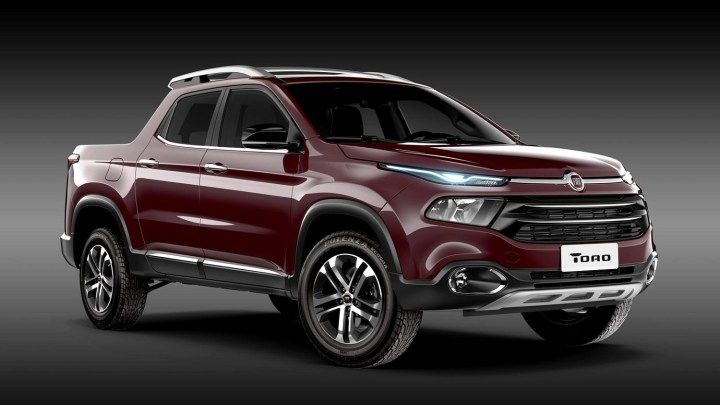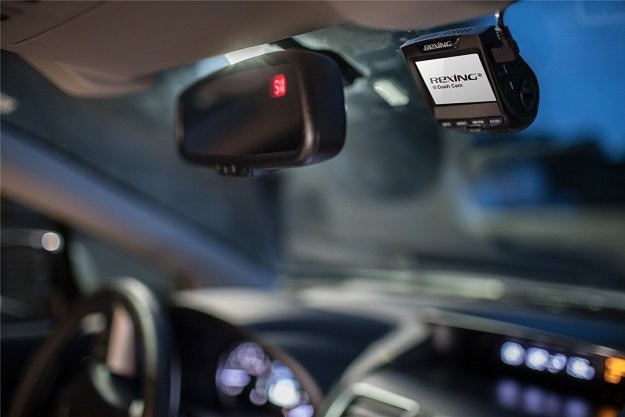
The truck looks markedly more rugged than any Fiat ever built before it thanks to a tall front end, slender headlights and a hexagonal grille, styling cues that it shares with the quirky FCC4 concept that was presented about a year ago. The roof rack, the alloy wheels and the shapely lower bumper hint that the truck shown in the pictures is a well-equipped model; more basic, work-oriented variants will look a lot less upscale.
Reports published by Brazilian media outlets claim the Toro rides on an evolution of the modular platform that underpins the Jeep Renegade, but Fiat hasn’t revealed what lies under the truck’s skin. All we know so far is that the entry-level engine is a 1.8-liter E-Torq four-cylinder engine that can run on a blend of gasoline and ethanol, a popular fuel in Brazil. The four-banger sends 138 horsepower to the front wheels via a six-speed automatic transmission.
The next engine up is a 170-horsepower 2.0-liter turbodiesel four-cylinder that’s linked to a six-speed manual transmission. Front-wheel drive comes standard, but buyers who need to go off the beaten path can order four-wheel drive at an extra cost. Properly equipped, the Toro is capable of hauling 2,200 pounds of cargo.
The Toro stretches 193 inches long. To put that figure into perspective, the Jeep Renegade on which it’s allegedly based measures about 167 inches from bumper to bumper and the Chevrolet Colorado extended cab checks in at 212 inches.
Fiat is expected to publish a full set of details about its next truck in the next few weeks, and the Toro will go on sale across Brazil shortly after. It might be sold in a handful of neighboring countries, and a few examples could be sent over to Europe, but we’re not likely to see the truck land on our shores any time soon.




